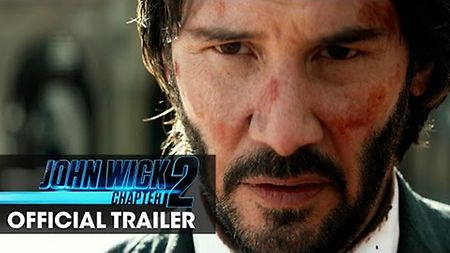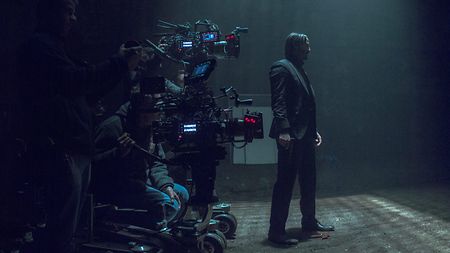What was the solution?
We were talking with them about the film days, when you would put nylon stockings behind lenses, and whether we could do something similar. They came up with the idea of specially adapted internal filters for the ALEXA XT, with varying numbers of horizontal lines, or baffles. These could be thin wires for night scenes or thicker nylon for day scenes, and they could be combined with NDs. I was very happy with the effect, and Chad loved it too, because you got nice flares off the highlights but the image was still extremely sharp.
The whole movie was shot with these flare filters. For me they were preferable to using uncoated lenses because I had total control. Sometimes with flaring you get the blacks milking out, but we were able to keep them black and keep the incredible sharpness of the Master Anamorphics, while creating exactly the right amount of flare for different situations.
Was the speed of the Master Anamorphics helpful on this shoot?
In general I’m not a wide-open DP, I prefer to shoot between T2.8 and T4. Of course now and then you have to shoot wide open and in those situations it is very useful to have faster lenses. We shot wide open with the Master Anamorphics for some high-speed stuff in Rome, where we had a lot of action, and their performance at T1.9 is amazing.
What was your overall impression of the optical performance?
One of the reasons I chose the Master Anamorphics was because they are so sharp from corner to corner, and from bottom to top as well. I’m not a big fan of anamorphic fall-off, especially not for this film. We wanted a slick, high-contrast look for the movie, and that old-style anamorphic softness would not have worked. As I said, we shot a lot of tests to find the right lenses, and I have no doubt that we made the right choice.
Were the lenses easy to work with on set?
I shot the movie exactly as if I were shooting with Master Primes, with no worries about limitations or needing more light. We were able to move fast, shooting handheld when it was required, or on a Steadicam or crane. It helps that the lenses are all the same size. Of course with anamorphics and the high-quality ALEXA sensor you have to get the focus right, but we had the best focus pullers in the world and everything came off very well – it was great.
Photos: Niko Tavernise © Lionsgate


